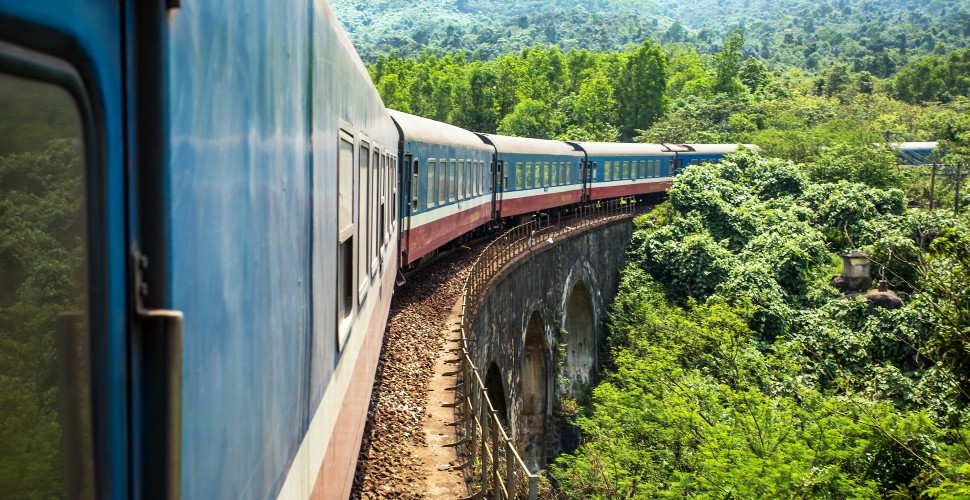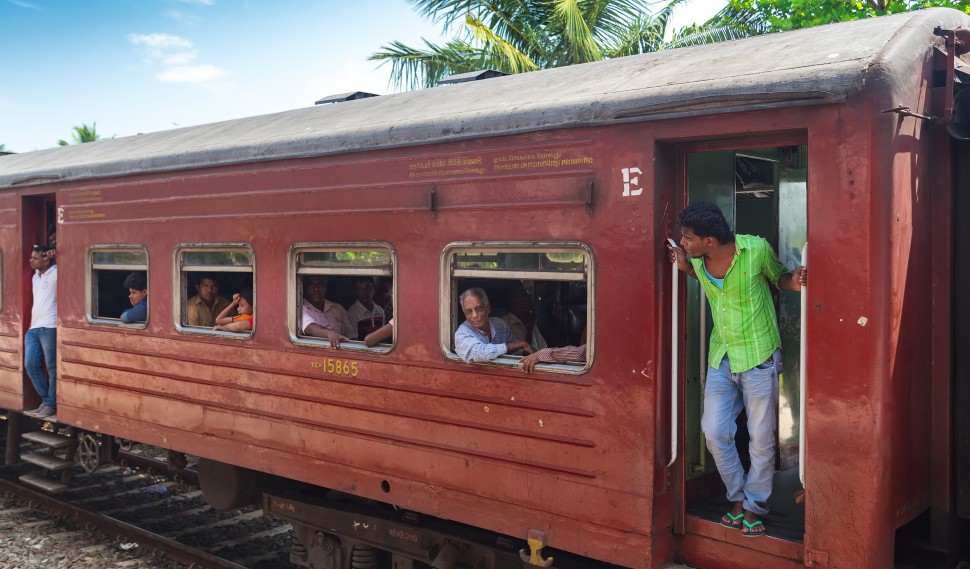Theroux's Great Railway Bazaar - Inspiring Travellers, 40 Years On
Travellers sometimes need a little inspiration – of the sort that brochures and travel agents simply cannot provide. Pictures of good-looking people lying on beaches or gawping at temples don't always reflect the reality of travel.
I recently came across a grittier source of travel inspiration in the form of Paul Theroux's The Great Railway Bazaar.
This book was published in 1975 and is regarded as one of the great travelogues. Given it appeared 40 years ago, I admit I've come to it rather late, but for those who haven't read it, and those who are looking to have their wanderlust re-ignited, this could be perfect.
Theroux documents his journey from London to the Far East and back again by train. He doesn't harp on about museums or cathedrals. Instead he tends to occupy the dining car of every train he catches, invariably acquainting himself with the on-board wine selection – or whichever intoxicating liquid the given railway has to offer.
But he's a sociable drinker, and as such comes into contact with some colourful characters. He recounts their conversations honestly but (usually) without judgement; as the reader we come to our own conclusions about the people he meets – from the candid to the cagey, the obnoxious to the affable.
What is most surprising is the way people open up to Theroux about their secret love affairs, prejudices and peccadilloes. As the author points out, such candour doesn't happen on planes or buses. As hackneyed as it sounds, train travel really is about the journey, not the destination.

The best trips, arguably, are those in which the most memorable people feature; Theroux won't remember the city of Madras as much as the young Englishman who told him about his affair with his Indian business associate's daughter. He won't recall Domodossola in Italy for its station architecture, but for the man called Duffill who was left on the station platform, staring in disbelief as the Orient Express disappeared down the line with all his belongings.
Theroux makes us realise that these characters can appear in all our travels – in a way that seldom happens in our ordinary lives. And the train is the perfect setting for such characters to emerge.
But it's not all about conversing with strangers. The author does take in some spectacular scenery too, which he evokes with true skill. On a spellbinding coastal scene in Sri Lanka (Ceylon):
“Sand whipped up by the engine pattered against the carriages behind, and spray from the breakers, whose regular wash dramatized the chugging of the locomotive, was flung up to speckle the windows with crystal bubbles.”
 Train in Sri Lanka (paul prescott/Bigstock.com)
Train in Sri Lanka (paul prescott/Bigstock.com)
He also travels to some dangerous locations, not least of which is Vietnam; in 1973 it was still war-torn. In one memorable scene he encounters some CIA men left behind near Danang after the US withdrawal to “oversee” security in the area. They had occupied a “cosy beach house” and as Theroux entered were “tickling two busty Vietnamese girls”, drinking and smoking cigars as what was left of Vietnam collapsed around them.
Sadly, the route that Theroux took in 1973 is fraught with even bigger challenges now – risks posed by numerous Middle Eastern conflicts. However, travelling by train from London to India – the trickiest section – can still be achieved, as this useful page from Seat61.com demonstrates.
Getting visas for countries such as Iran and Pakistan could prove difficult – especially for UK residents.
For my own part, I have found renewed inspiration for travelling thanks to Theroux's classic work. He's reminded me of just how much there is left to see, and just how many people there are left to meet.
Get a Quote